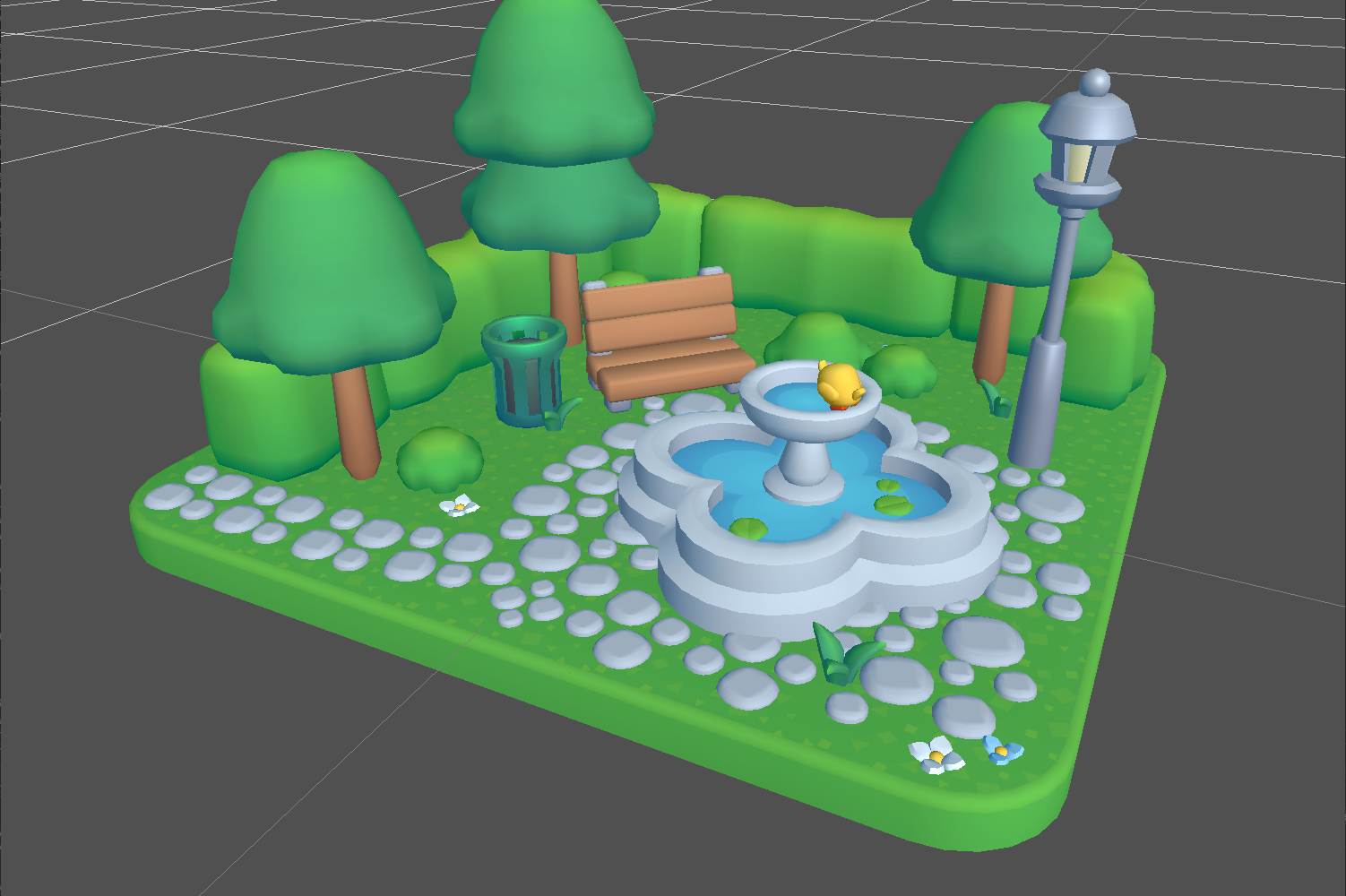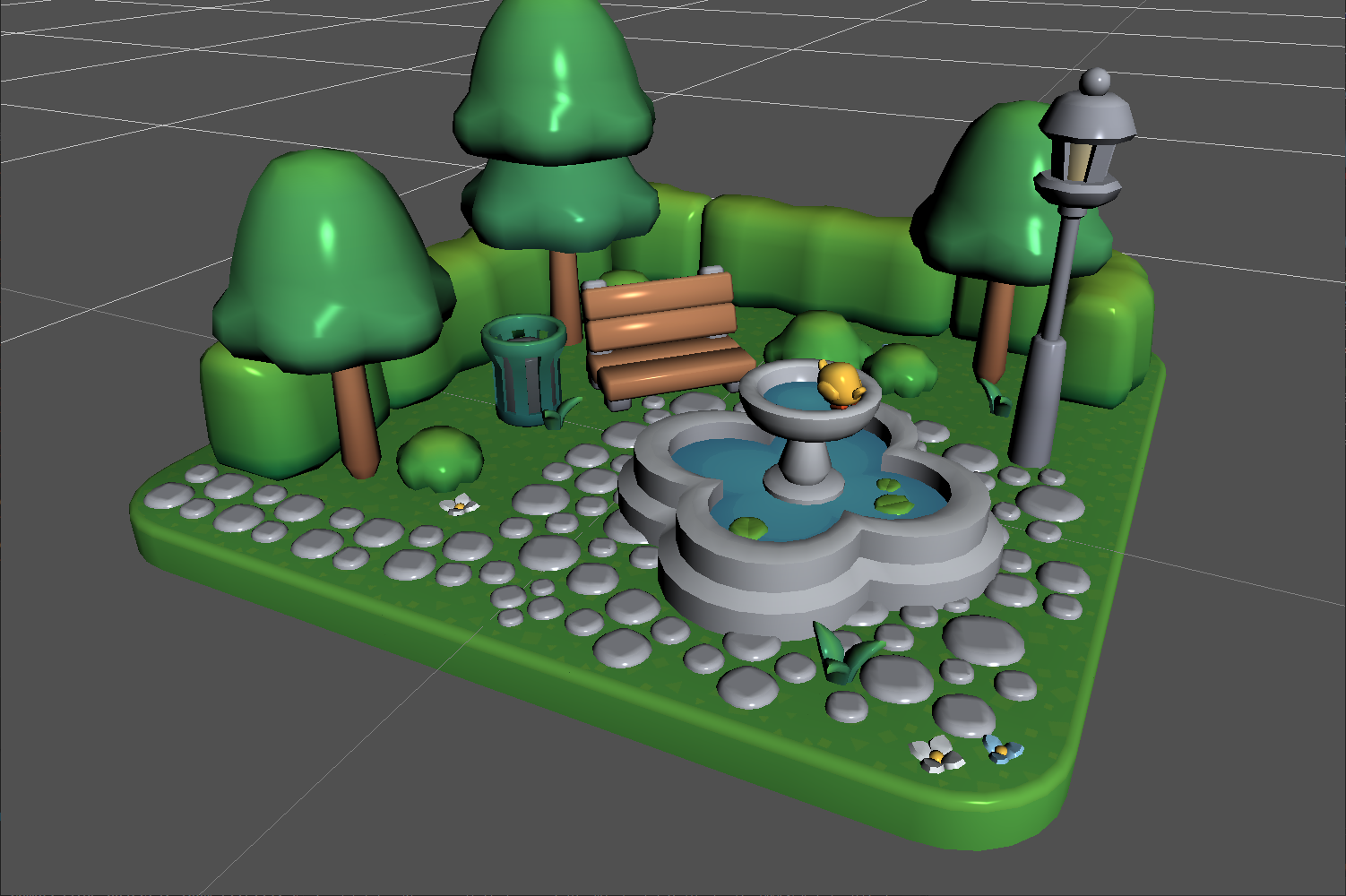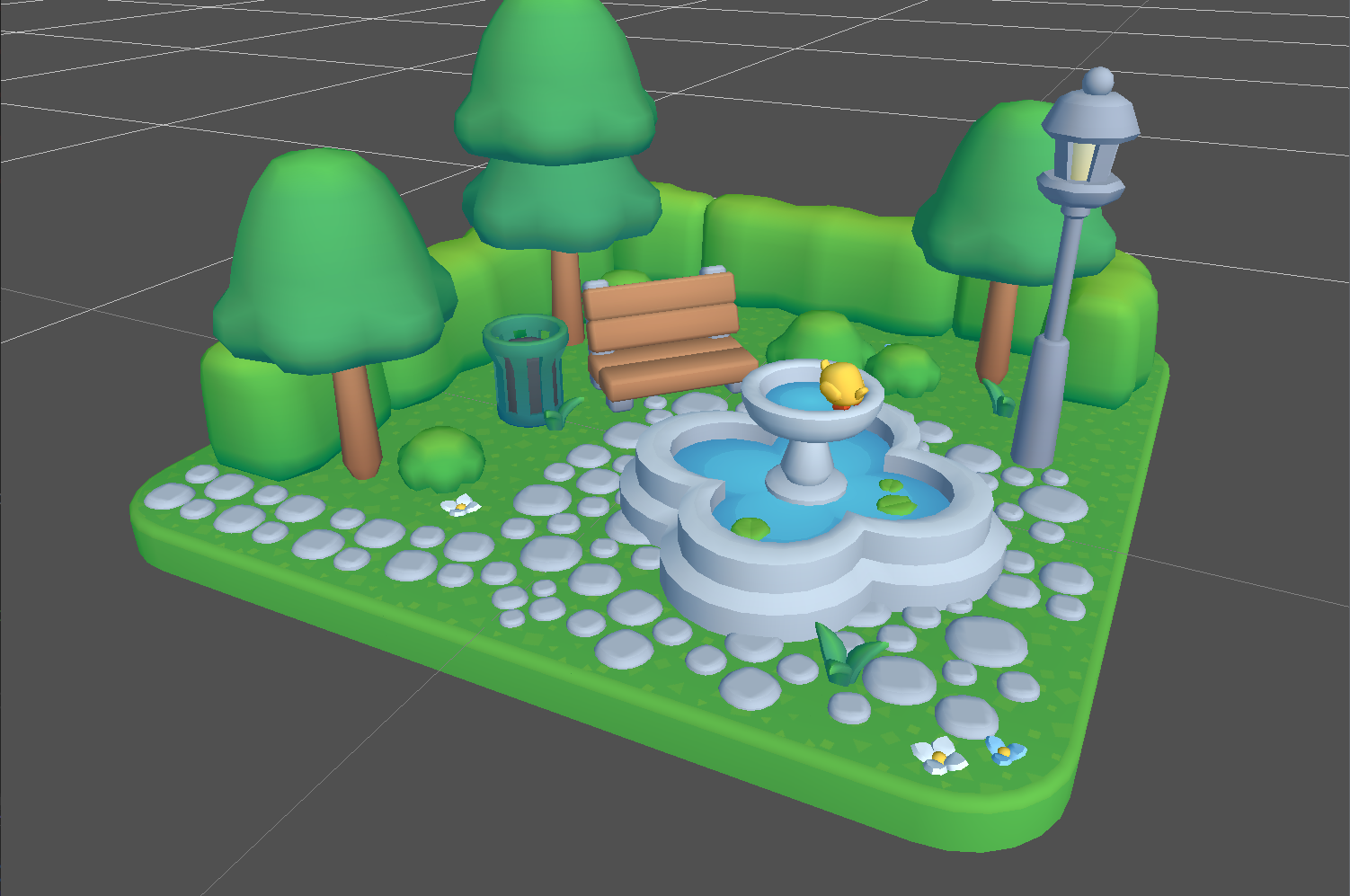
Playing with Blinn-Phong


So turns out Jim Blinn tweaked Phong’s shading so it would be more efficient, which gave us the Blinn-Phong model we all know and love today.
Contrary to what one may think, combining the two is not actually Blinn-Phong. One simply cannot escape Lambert’s diffuse equation while doing basic lighting, so why would it be named after a different guy?
Nah. Jim Blinn did something to Phong’s equation, but we will talk about that in the future.
For now, let me brag about both things combined:

I have ramped the speculars all the way up for that image, but I am not completely displeased by it!
Next up, obviously, Phong’s speculars!
I started at the same point every lighting shader starts: diffuse lighting.
There is a lot to learn from 3D model packs! I used one for my shader experiments, and turns out there are a lot of clever tricks going on in there.
Let me tell you all about them!


In most of my projects I use Visual Code, but for this I decided to go with Visual Studio out of custom from working in Unity. I used to be daunted by setting up a project in VS until I cracked how to get raylib working on it, and it has been a breeze ever since.
So if you want to use Visual Studio Community for your raylib projects, you are in luck! I am going to show you how.